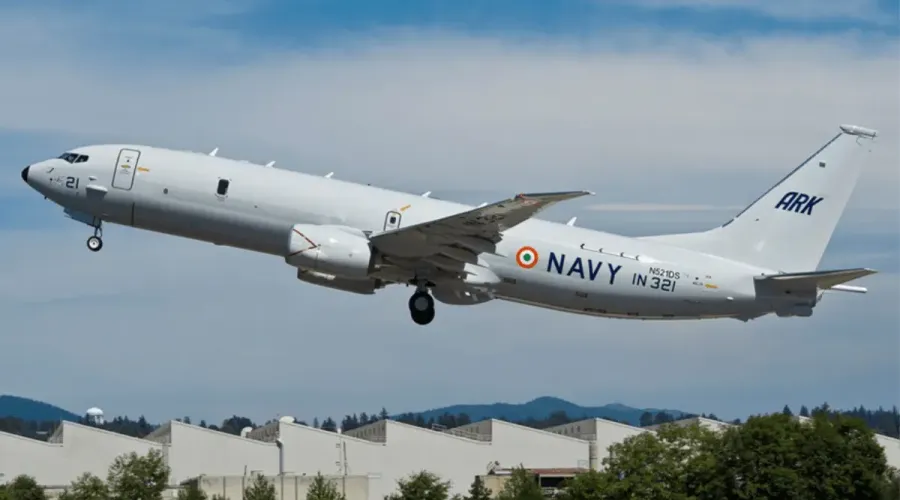The acquisition of six additional P-8I aircraft from the United States is poised to significantly enhance India’s naval capabilities in the Indian Ocean Region (IOR). This move comes amid increasing maritime threats, particularly from China, and aims to strengthen India’s surveillance and operational reach.
The P-8I aircraft are equipped with state-of-the-art sensors and weaponry systems that enable total maritime domain awareness. They can execute anti-submarine warfare (ASW), anti-surface warfare (ASuW), and intelligence, surveillance, and reconnaissance (ISR) missions. The Indian Navy can efficiently monitor large maritime regions and react to possible threats because to the aircraft’s sophisticated radar and electro-optical sensors, which offer precise imaging and targeting information.
These six aircraft will bring India’s P-8I fleet to 18, greatly enhancing its maritime patrol capabilities.
The growing presence of Chinese naval assets in the IOR has heightened the need for enhanced maritime surveillance. The P-8I’s capabilities will enable India to detect and track submarines and surface vessels effectively, thereby maintaining a strategic edge in regional security dynamics. The aircraft can engage targets with precision using Harpoon missiles and lightweight torpedoes, making them a formidable asset in any conflict scenario.
This acquisition is also indicative of deepening defense cooperation between India and the United States. The deal not only reinforces India’s military capabilities but also aligns with US strategic interests in countering China’s influence in the Indo-Pacific region. The partnership includes potential co-production agreements and technology transfers that will further enhance India’s defence infrastructure.
The addition of six more P-8I aircraft will significantly bolster India’s naval edge in the Indian Ocean by enhancing surveillance capabilities, improving operational readiness, and enabling effective responses to maritime threats. This strategic move reflects both a commitment to national security and a strengthening of international defence partnerships.



